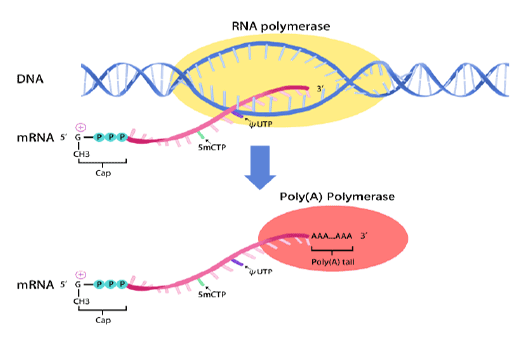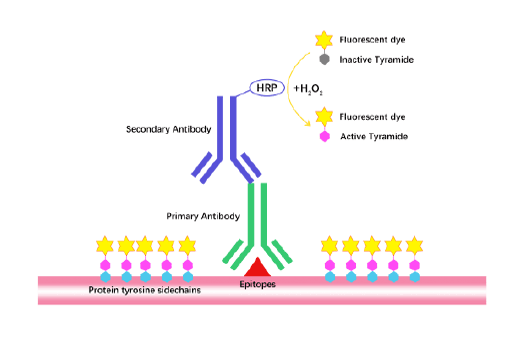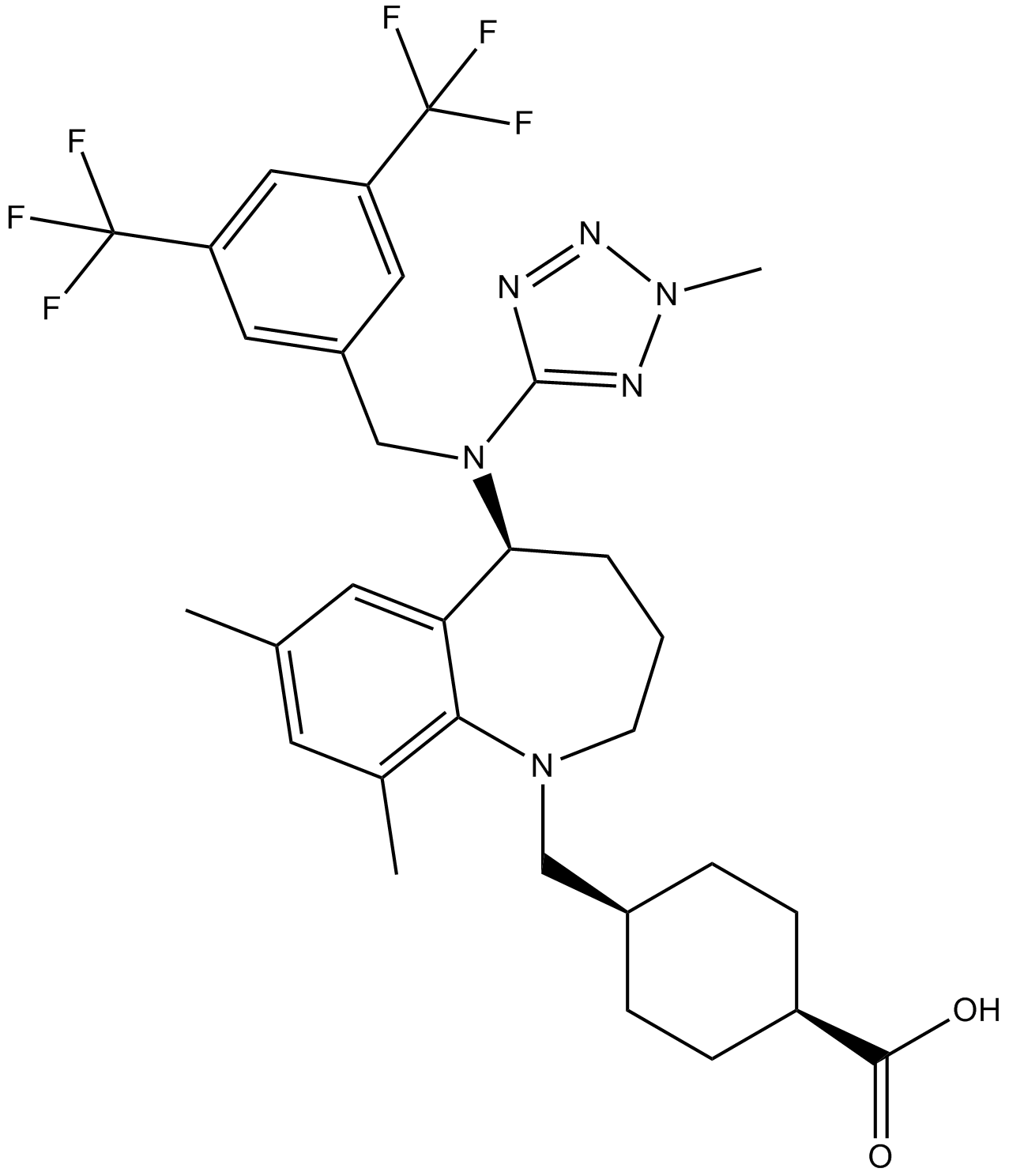Dalcetrapib (JTT-705, RO4607381)
IC50: 6 μM for CETP inhibition in human plasma
Cholesteryl ester transfer protein (CETP) is a plasma protein that transfers neutral lipids among the lipoproteins. Its most important action is the exchange of cholesteryl esters in high-density lipoprotein (HDL) for triglycerides in very low-density lipoprotein. Thus, CETP is a potentially atherogenic protein, and its atherogenicity has been supported by many studies. Dalcetrapib is a novel inhibitors of CETP.
In vitro: Dalcetrapib achieved 50% inhibition of CETP activity in human plasma at a concentration of 6 μM. The mechanism of action was considered to involve the formation of a disulfide bond between the thiol form of Dalcetrapib and the cysteine residue at position 13 (Cys13) of CETP. [1].
In vivo: Dalcetrapib achieved 95% inhibition of CETP activity in male Japanese white rabbits at an oral dose of 30 mg/kg. It increased the plasma HDL cholesterol level by 27% and 54%, respectively, when given at oral doses of 30 or 100 mg/kg once a day for 3 days to male Japanese white rabbits [1].
Clinical trials: In a phase II study, Dalcetrapib showed no evidence of a pathological effect related to the arterial wall over 24 months. Moreover, this trial suggests possible beneficial vascular effects of dalcetrapib, including the reduction in total vessel enlargement over 24 months, but long-term safety and clinical outcomes efficacy of dalcetrapib need to be analysed [2].
References:
[1] Shinkai H, Maeda K, Yamasaki T, Okamoto H, Uchida I. bis(2-(Acylamino)phenyl) disulfides, 2-(acylamino)benzenethiols, and S-(2-(acylamino)phenyl) alkanethioates as novel inhibitors of cholesteryl ester transfer protein. J Med Chem. 2000;43(19):3566-72.
[2] Fayad ZA, Mani V, Woodward M, Kallend D, Abt M, Burgess T, Fuster V, Ballantyne CM, Stein EA, Tardif JC, Rudd JH, Farkouh ME, Tawakol A. Safety and efficacy of dalcetrapib on atherosclerotic disease using novel non-invasive multimodality imaging (dal-PLAQUE): a randomised clinical trial. Lancet. 2011;378(9802):1547-59.
| Physical Appearance | A solid |
| Storage | Store at -20°C |
| M.Wt | 389.59 |
| Cas No. | 211513-37-0 |
| Formula | C23H35NO2S |
| Solubility | insoluble in H2O; ≥12.7 mg/mL in DMSO; ≥80.2 mg/mL in EtOH |
| Chemical Name | S-[2-[[1-(2-ethylbutyl)cyclohexanecarbonyl]amino]phenyl] 2-methylpropanethioate |
| SDF | Download SDF |
| Canonical SMILES | CCC(CC)CC1(CCCCC1)C(=O)NC2=CC=CC=C2SC(=O)C(C)C |
| Shipping Condition | Small Molecules with Blue Ice, Modified Nucleotides with Dry Ice. |
| General tips | We do not recommend long-term storage for the solution, please use it up soon. |
| Description | Dalcetrapib is an inhibitor of rhCETP with IC50 value of 0.2 μM. | |||||
| Targets | rhCETP | |||||
| IC50 | 0.2 μM | |||||
Quality Control & MSDS
- View current batch:
-
Purity = 98.00%
- COA (Certificate Of Analysis)
- MSDS (Material Safety Data Sheet)
- Datasheet
Chemical structure











